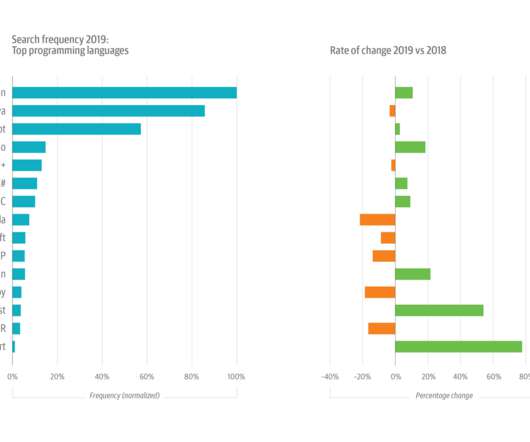5 key areas for tech leaders to watch in 2020
O'Reilly
FEBRUARY 18, 2020
Software architecture, infrastructure, and operations are each changing rapidly. The shift to cloud native design is transforming both software architecture and infrastructure and operations. Also: infrastructure and operations is trending up, while DevOps is trending down. Coincidence?












Let's personalize your content